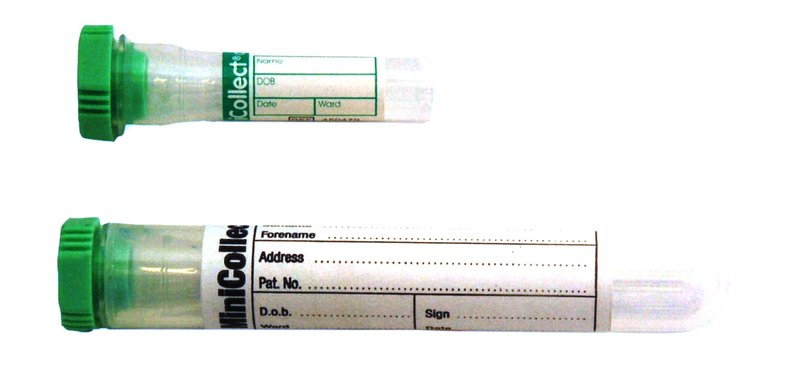Uric Acid / Urate
Chemical Pathology
Notes
- Uric acid (urate) is produced following breakdown of purines (either from the diet or from the normal breakdown of cells in the body). Uric acid is removed by the kidneys and excreted in the urine and faeces.
- Uric acid is measured in patients with inflammatory arthropathies, although not all patients with hyperuricaemia have (or will develop) gout. The diagnosis depends on the demonstration of synovial fluid uric acid crystals in the presence of inflammatory cells.
- Uric acid is also used for the investigation/monitoring of pre-eclampsia and sometimes following chemotherapy or radiation treatment.
- Elevated uric acids levels will be seen in renal failure. Raised levels are also seen with excessive use of alcohol, starvation, a high-protein diet and strenuous exercise. Elevated levels are also seen in the rare inherited disorder, Lesch-Nyhan syndrome,
- Low uric acid levels may indicate severe liver disease, low protein diet, heavy metal poisoning, Wilson's disease or some type of cancer.
- Many drugs can affect uric acid levels. For example, raised levels are caused by thiazide diuretics, theophylline and low dose aspirin; low levels are caused by high dose aspirin, corticosteroids and allopurinol. Rasburicase continues to breakdown uric acid in the blood sample in vitro and levels assayed may not represent the in vivo situation.
Sample requirements
For adults, blood taken into a 5mL gold top gel tube ((or rust top for the Acute Unit)

For children, blood taken into a 3.5mL rust top gel tube

For neonates, blood taken into a 0.8mL minicollect lithium heparin tube. Please list the tests of particular interest so that some priority can be given to analysis if plasma volumes are small.

Storage/transport
Store refrigerated if unable to send to the laboratory the same day. Transport as soon as possible at ambient temperature.
Required information
Include relevant clinical details, relevant drugs, known or possible diagnoses and whether the patient is pregnant (including the stage of pregnancy).
Turnaround times
The assays are run throughout the day and night. The in-lab turnaround time is always less than 24 hours. The test can be ordered as an urgent request.
Reference ranges
| Gender/Age | Reference Range (µmol/L) |
| Males/females <12 years old | 120 – 340 |
| Males >12 years old | 200 – 430 |
| Females >12 years old | 140 – 360 |
Further information
To learn more about uric acid, visit Lab Tests Online or access the uric acid monograph of the Association for Clinical Biochemistry and Laboratory Medicine